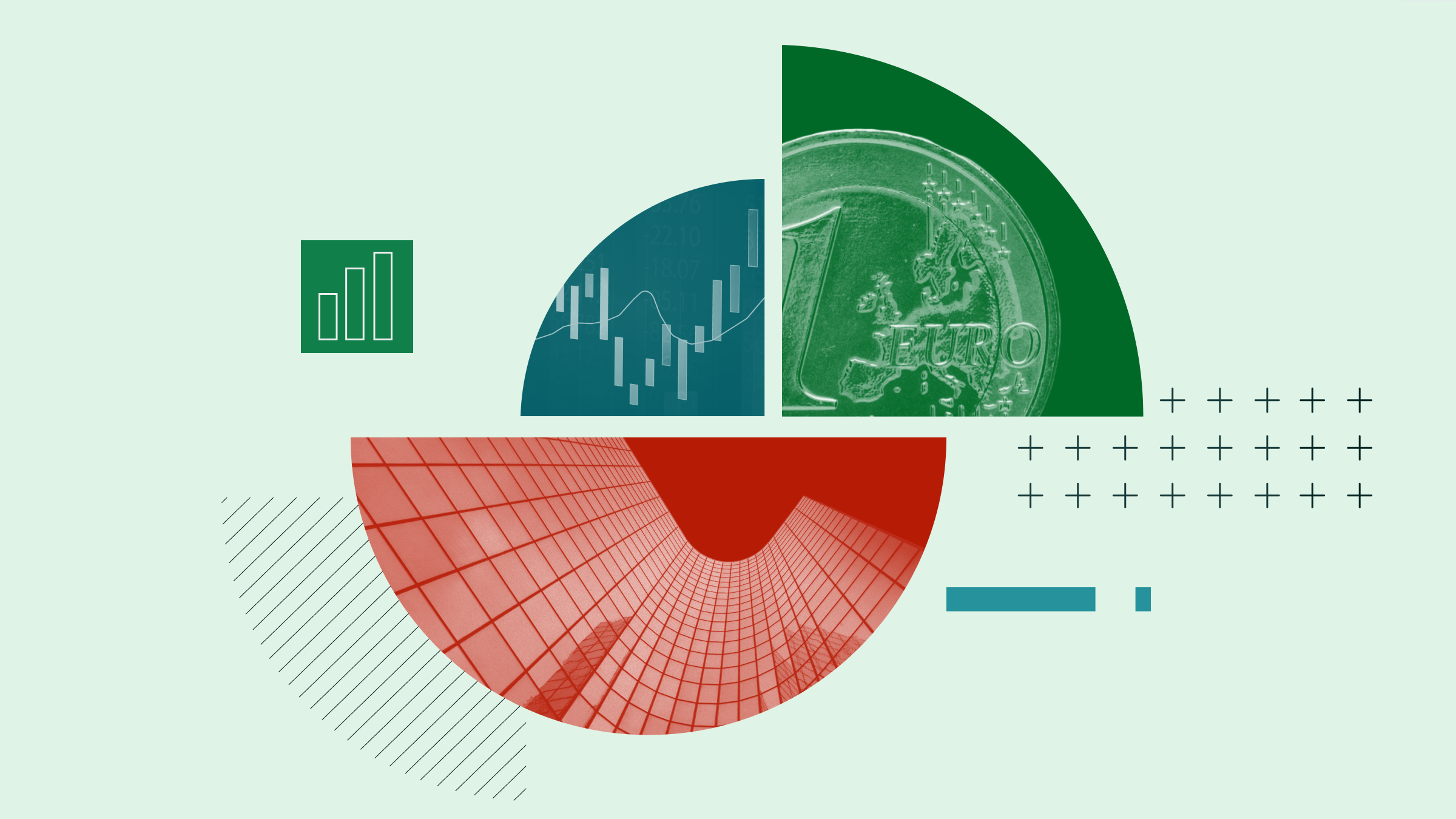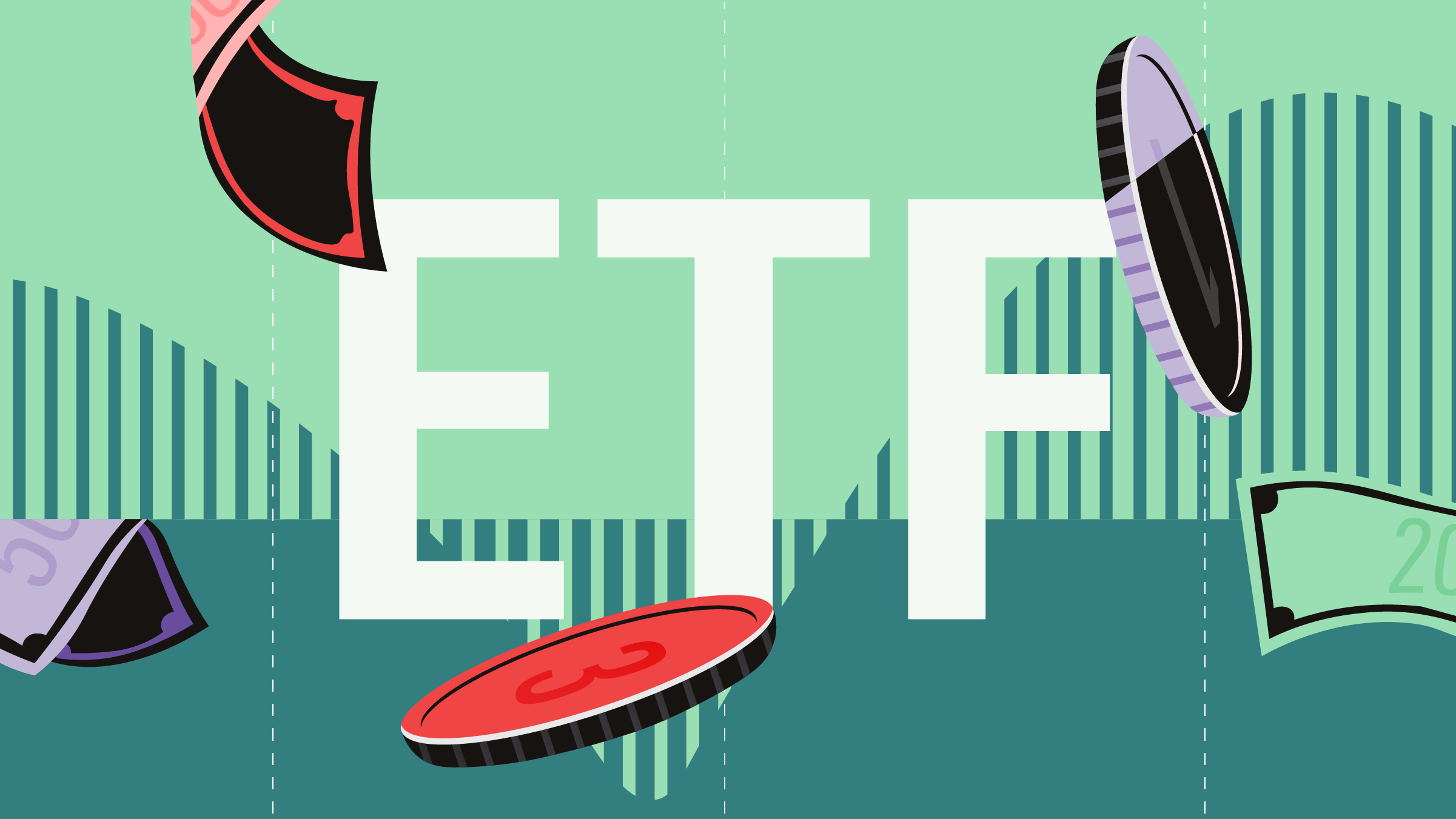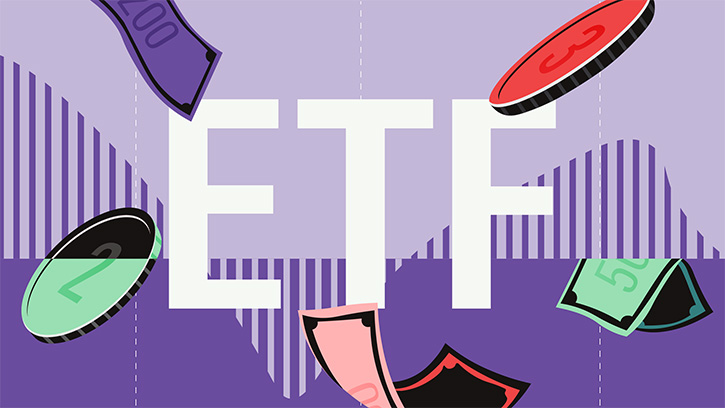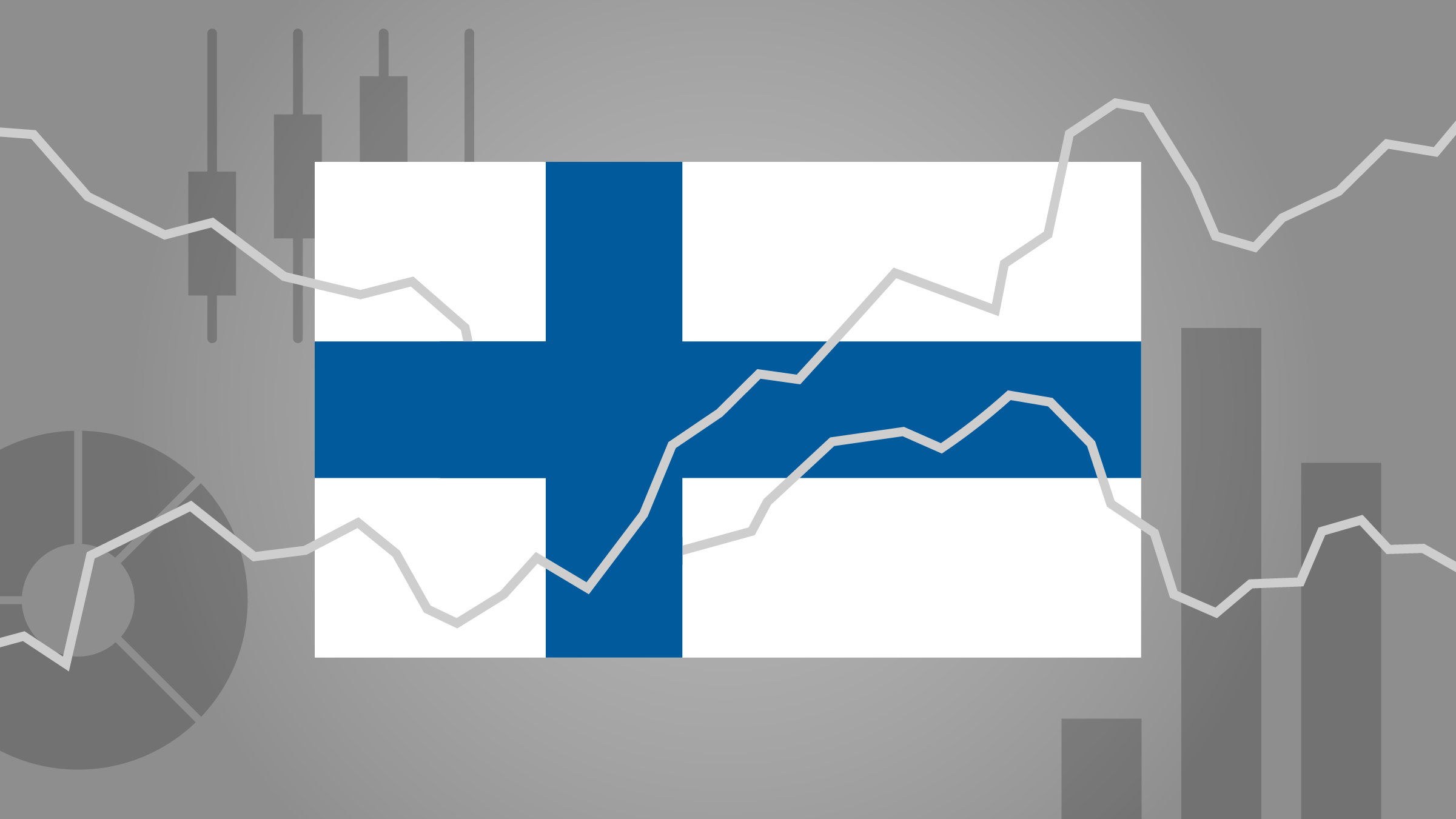Christine Benz: Hi, I'm Christine Benz for Morningstar.com. Morningstar launched its new ratings for exchange-traded funds in November. Joining me to take a closer look at one of the pillars of the ratings is Alex Bryan. He is director of passive strategies research for Morningstar in North America.
Alex, thank you so much for being here.
Alex Bryan: Thank you for having me.
Benz: Alex, one of the key things that you look at within the analyst ratings is the process, and I think people might say, well, ETFs are mainly index funds. What are you talking about when you evaluate the process? So, in an article you wrote in ETFInvestor you talked about looking at two key things. One is the fund's fidelity in tracking its index. And the other is the index construction. So, I want to talk more about index construction today. Let's talk about why it's important to focus on index construction.
Bryan: Sure. So, index construction in process more broadly is actually one of the most important pillars that we look at for index fuMikä antands because it really tells you what you are getting when you are purchasing this fund, because they are all rules-based processes.
Now, the things that we're looking for in a good index fund are for the index to be representative of the style it's trying to capture, or of its actively managed peers. We're looking for the index to be well-diversified because diversification is the only free lunch in finance. It should be transparent. It should be sensible; investable, meaning that it's easy to get exposure to the index. And finally, the index should be turnover-conscious, meaning it should take steps to mitigate unnecessary turnover.
So, while these are the things that we look for in a good index, it isn't necessary for an index fund to tick off all of those little metrics in order for us to give it a Positive Process Pillar rating. At the end of the day, what we're trying to evaluate is, how index construction is likely to affect performance going forward. But we think that those individual metrics help us come to that conclusion.
Benz: OK. So, let's take a look at a few of these key things that you look at under the hood of index construction. One that I want to follow up on is, how representative the index is of the funds within a given category. Why is that important?
Bryan: So, that's actually one of the more important things that we look at and it's important because if an index is truly representative of what its actively managed peers are doing, that means that gross of fees its performance should be similar to its active peers. But because the indexes tend to charge lower expense ratios, they should come out ahead net of fees. In other words, the more representative an index is of the active peer group, the more reliably the fund's cost advantage should translate into better category-relative performance. Costs always matter, but if you have bigger discrepancies between what the fund owns and what its active peers are doing, you can have bigger discrepancies in performance over even long periods of time. So, we really want to make sure that the index is representing the waters where active managers are fishing.
Benz: OK. So, one index and in turn a set of ETF products that you focused on in this discussion of representativeness is the Barclays Aggregate Index trackers. You said that they are not particularly representative of that intermediate-term bond category where those funds live. So, let's talk about why they diverge from a lot of their peers.
Bryan: Sure. So, the Barclays U.S. Aggregate Bond Index, it's one of the more popular investment-grade bond indexes out there, and that index like many of its peers, weights its holdings based on market capitalization. What that means in the investment-grade U.S. bond market is that it has a very, very large slug of its assets parked in U.S. Treasuries because the U.S. government is one of the largest indebters in the U.S. market.
Now, that creates a bit of a challenge from an overall performance perspective because Treasuries are offering very low yields. They are also not as risky as a lot of other investment-grade bonds out there. So, it doesn't take a genius to figure out that you can earn a higher yield by taking more credit risk, and that is in fact the strategy that a lot of active mutual fund managers have taken.
So, the index is, while it's being representative of what the composition of the U.S. bond market is, there is a lot of other market participants out there that are not necessarily focused on return maximization. You think about banks that own a lot of Treasuries as a way of finding a safe haven to park their capital or insurance companies that are using Treasuries to match the duration of their liabilities. So, strictly from a return or performance perspective, if you think you want to capture the performance characteristics of actively managed mutual fund managers, you probably want to take a bit more credit risk than what you're getting with that index.
Benz: One of the other things that you and the team look at when evaluating index construction is whether the index is sensible. That seems really subjective. Let's talk about how you attempt to gauge the sensibility of an index's construction.
Bryan: So, sensibility is actually a pretty low hurdle. Most indexes out there meet that hurdle. What we mean by this is, we want to make sure that the index process--that there's either some intuition as to why it should work, or some economic theory as to why it should work. And yes, it is subjective, but if something just strikes us as not really making that much sense from an intuitive or economic rationale perspective, we'll flag that as being not sensible.
So, for example, the Dow Jones Industrial Average is a price-weighted index, meaning that it weights its holdings based on the price of each share outstanding. That is not a sensible approach in that it does not accurately reflect the market footprint of each company in the market. The only reason why Dow Jones decided to go with that approach was at the time the index was launched back in 1896 limited computing power rendered more sophisticated alternatives impractical at that time. But given the advances in technology, there really is no reason to construct a portfolio in that fashion, because share price is not a really objective metric of size and so it doesn't really make sense to weight a portfolio in that way.
Benz: And from a practical standpoint, diversification constraints limit funds' ability to track that index anyway.
Bryan: Well, it certainly creates some more concentration risk, right, because if you have a high-priced stock in the portfolio, it's going to get a really large weighting. So, names like Goldman Sachs, which is in the Dow Jones Industrial Average, get a very, very large weighting. And so, it really limits what you can do with that index or that construction approach.
Benz: Okay. Another of the factors that you look at is transparency. Why is it important for an index to be transparent?
Bryan: Transparency is important because it gives you a better sense of what you're getting, because remember--you don't have any management oversight when it comes to portfolio construction. They are really following the letter of the law when it comes to that index-construction approach. So, you want to make sure you understand what it is you are getting, and that transparency gives you greater confidence that you understand what it is that you are purchasing, but also it helps you understand how the portfolio will likely evolve over time, so you can anticipate changes ahead of time rather than being surprised. It gives you greater confidence that you know what it is that you are getting.
Benz: So, let's talk about an example of an index that you believe has less-than-stellar transparency.
Bryan: Sure. So, I think that funds out there that use an optimization type of framework are not completely transparent. So, a good example of this would be the iShares Edge MSCI Minimum Volatility ETF, the ticker is USMV. That fund uses an optimization framework to try to construct the least-volatile portfolio possible subject to certain constraints. And while we like the philosophy behind that approach and think it leads to pretty good outcomes, there is a little bit of a black-box element to that approach. So, you don't know exactly how that portfolio is going to change ahead of time. And as a result, we give greater weight to how the fund has actually performed over time. We had to let it season a little bit longer before we had more confidence in the approach. When you have the fund that offers greater transparency, it gives you greater confidence early on that you know what it is that you are getting.
Benz: The last factor I wanted to discuss with you is turnover--why limiting turnover is important when you're looking at an index and in turn a product that would track it.
Bryan: So, the key point here is limiting unnecessary turnover. So, a lot of times indexes that don't do a good job at this, they will set a hard cutoff for what they include and what they don't include, and that cutoff is kind of arbitrary. So, some stocks that fall on the opposite side of that cutoff will oftentimes get booted from the index.
So, to give you an example, the Russell 2000 index basically target stocks that rank between the 1,001st largest U.S. stocks and the 3,000th largest stock. Now, if you become the 3,001st largest stock and you were previously in that index, Russell boots it out right away. But that stock's market-cap characteristics really aren't that different from what's already in the index. So, that's an example of where turnover is not materially changing the characteristics of the portfolio, but there is cost associated with that turnover.
Now, a better-constructed index will apply a buffer zone around its targeted cut-off. So, an example of this would be the Dow Jones Small-Cap U.S. Total Stock Market Index. What this does is it targets stocks that fall within a certain size range, but you really have to fall pretty far outside of what it's targeting before it removes you from the index. And that way it's only transacting where it has a material impact on the portfolio's overall characteristics. That's really important because it can help you reduce your transaction costs and give a better experience to the investor overall.
Benz: Okay. Alex, the new ETF ratings are an important milestone for the team. Thank you so much for being here to shed light on the process piece of the equation.
Bryan: My pleasure.
Benz: Thanks for watching. I'm Christine Benz for Morningstar.com.





















